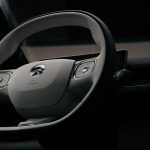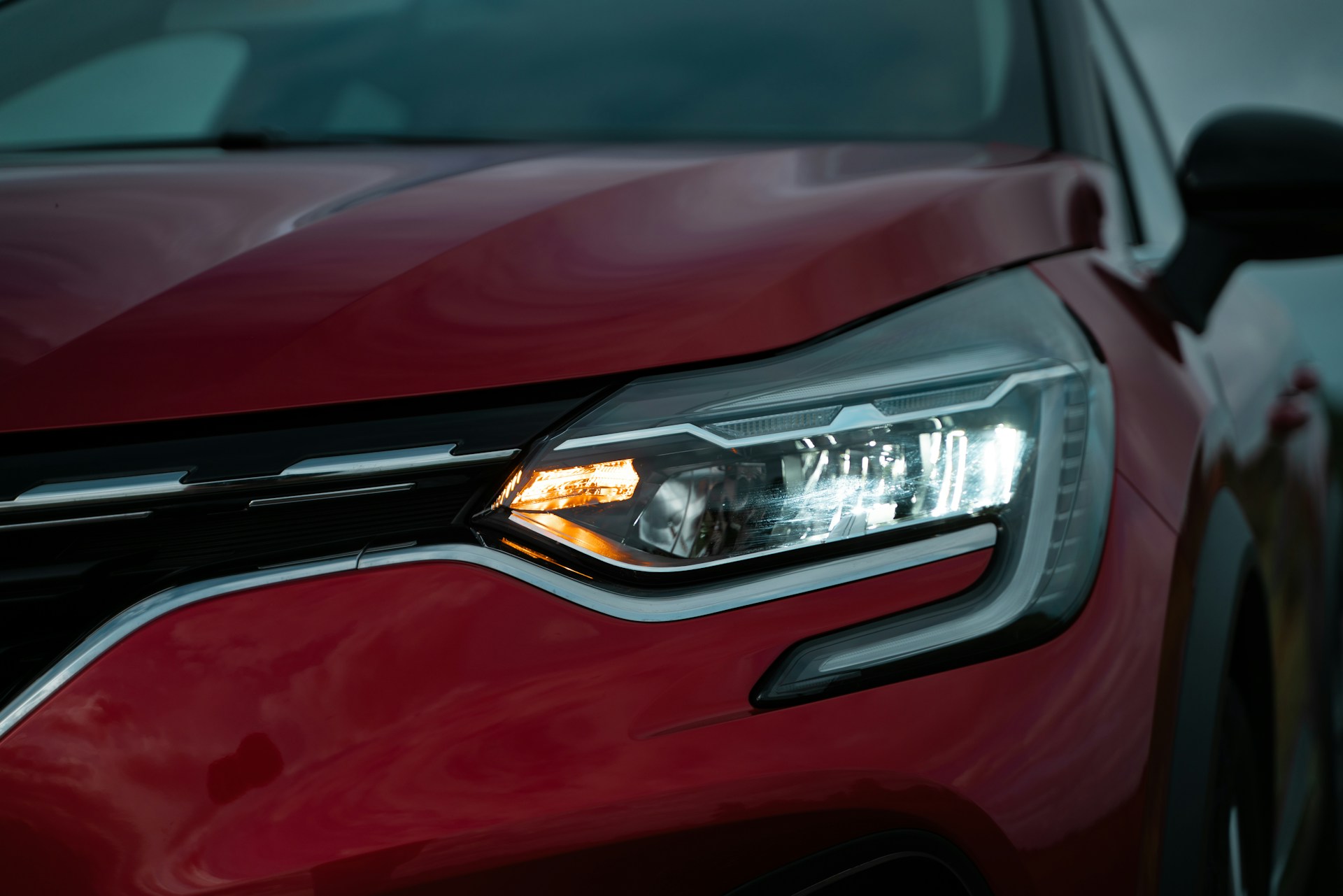Renault is expanding its mid-range lineup with the introduction of another SUV. This new model is designed for comfort and comes packed with infotainment and other advanced technologies. Let’s take a closer look at the first drive.
For those visiting Renault dealerships in the coming days, interested in the new mid-range model named Rafale, there are a couple of things to note. First, if you’re a fan of sedans or station wagons, you’ll need to adjust, as Renault discontinued the Talisman sedan and wagon about two years ago. Instead, the Rafale offers a single hybrid powertrain option with a system output of 200 horsepower. A plug-in hybrid version with 300 horsepower will be available in the fall, but it will come at a higher price and target a more specific audience.
Let’s focus on the base model for now and take a look at its exterior. You’ll quickly realize that the Rafale, with its elegant script-style model badge, isn’t a traditional SUV. It’s more of a coupe-like crossover with a height of 1.61 meters. At 4.71 meters in length, the Rafale is noticeably shorter than the Talisman, which measures nearly 4.87 meters as a wagon, making it easier to handle, especially in urban environments and parking structures. It’s somewhat confusing because the Rafale shares the same platform as the Espace, which also fits into the mid-range segment but has a more conventional design.
The Rafale stands out with its extroverted design.
Visually, the Rafale aims to make a statement, especially with its boldly designed front end. The sharply contoured adaptive LED headlights are as striking as the uniquely styled grille, which features a kind of 3D plastic scales reminiscent of Op Art. This creates a changing visual impression depending on the viewing angle and lighting conditions. The rear of the vehicle features a flowing roofline and sharply designed taillights typical of fastback models.
Inside, the Rafale (named after the Rafale aircraft by Caudron-Renault) greets you with an expansive display wall. There are over 24 inches of screen space arranged in an L-shape, with the left side serving as the instrument cluster and the right side functioning as a touchscreen.
With a bit of practice, you can navigate the extensive menu, though voice control is also a practical option. Renault has wisely leveraged Google’s expertise to ensure effective voice commands. Another handy feature is that various overly intrusive assistance systems can be turned off with a single button press located near the instrument cluster to the right of the steering wheel.
Comfortable powertrain
To enjoy a pleasant drive, it’s advisable to disable the constant speed warning and the overly eager lane-keeping assist. Now, let’s talk about the powertrain. The Rafale’s multi-motor system is led by a 1.2-liter three-cylinder turbocharged gasoline engine producing 130 horsepower. This is interesting because one would typically expect a four-cylinder engine in the mid-range segment for better smoothness. However, this will be discussed further later.
Smooth performance
Gear shifts are mostly seamless, though they can vary depending on the load and power demand. A strong push on the accelerator might cause a slight jolt. Does the Rafale, with its 200 horsepower system output, perform confidently? Absolutely, although it’s not intended to be a sports car. But it’s far from sluggish, with an acceleration of 0 to 100 km/h in 8.9 seconds and a top speed of 180 km/h.
 Saxony Sells Bitcoins Worth Nearly 700 Million Dollars in One Day
Saxony Sells Bitcoins Worth Nearly 700 Million Dollars in One Day  Gold: The Calm Before the Storm
Gold: The Calm Before the Storm  Bio-Cheese Producer Files for Bankruptcy After 25 Years: Monte Ziego Faces Uncertain Future
Bio-Cheese Producer Files for Bankruptcy After 25 Years: Monte Ziego Faces Uncertain Future  Nio EL6: Is the Premium Chinese Brand a Threat to Audi ?
Nio EL6: Is the Premium Chinese Brand a Threat to Audi ?  Renault Rafale: A New Start in the Mid-Range Segment
Renault Rafale: A New Start in the Mid-Range Segment  Wells Fargo Expert Turns More Bullish: NVIDIA Price Target Raised
Wells Fargo Expert Turns More Bullish: NVIDIA Price Target Raised  McDonald’s Innovates Ordering Process: Same Words Required for All Orders
McDonald’s Innovates Ordering Process: Same Words Required for All Orders  Elon Musk’s Tesla Downsizes Yet Claims Growth
Elon Musk’s Tesla Downsizes Yet Claims Growth  Volkswagen Implements Major Job Cuts with Up to €450,000 Severance and a “Turbo Bonus”
Volkswagen Implements Major Job Cuts with Up to €450,000 Severance and a “Turbo Bonus” 